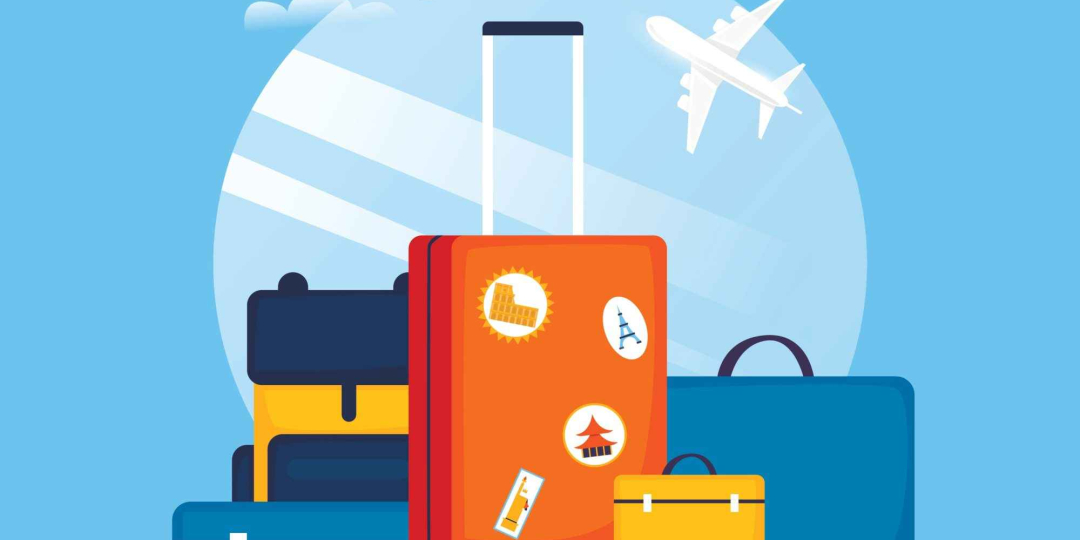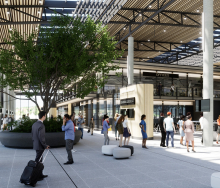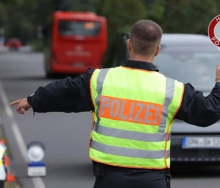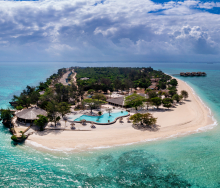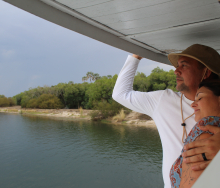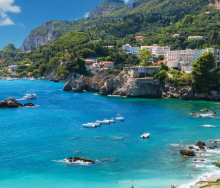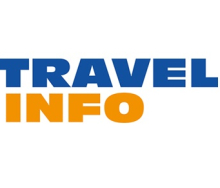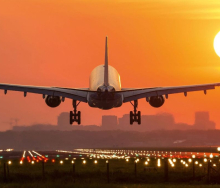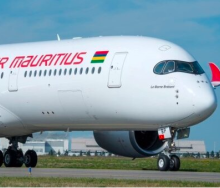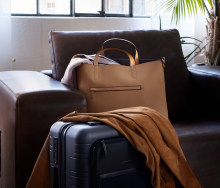‘Bubbles’ is the word on the lips of the global travel industry as it tries to navigate a way out of COVID captivity. In this new concept, a ‘travel bubble’ refers to a corridor between certain countries that open their borders to one other in a bid to kick-start tourism, while ensuring there is no risk of increasing the rate of COVID-19 infection.
Australia and New Zealand have both been successful in maintaining low COVID-19 infection rates, and are in talks to create a ‘trans-Tasman travel bubble’, allowing travel and trade to resume between the two nations, according to reports.
The European Commission has urged a gradual reopening of its internal borders, to salvage the summer tourism season, according to a report from the Guardian. Decisions on the reopening of borders are the responsibility of national governments, but the European Commission has urged the 27 member states to co-ordinate lifting their restrictions in stages, starting with countries with low levels of COVID-19. Germany announced on Wednesday May 13 that it would start relaxing entry controls on its borders with EU members from this weekend.
The three Baltic states of Estonia, Latvia and Lithuania will reopen borders to each other to allow travel without the need to quarantine, from May 15, according to reports.
There is a possibility of the ‘travel bubble’ opening up on other continents. Travel News asked a couple of experts if this was the best way to reopen travel, and what impact ‘bubbles’ would have on the travel industry.
Sean Hough, head of Investec Travel, believes the ‘travel bubbles’ are the best way to reopen international travel, particularly from South Africa. He says travel will come back, but in a phased way, starting with inter-provincial travel, then domestic travel, and then with ‘bubble travel’ in surrounding countries. “I’m very excited about self-drive travel to Botswana and Namibia. I would also include Mauritius into our ‘bubble’. It is going to be desperate for South African business.
“We’re spoilt for choice in our bubble, and I do think South Africans are going to be very happy to support this concept.”
The first steps will be for locals to explore what is close by. “We expect it to first be inter-provincial travel. We think these small boutique properties will be the first to bring some business. Self-drive is a lovely way to travel. There’s so much on our doorstep that people are dying to experience, so I think there will be quite an exciting revival in terms of local travel. So if you’re in Johannesburg, you’re going to go to Madikwe or Welgevonden. If you’re in Cape Town, you’re going to go to De Hoop or Sanbona.”
But, Sean says he only sees domestic travel making a comeback later in the year. “Wesgro predicted domestic travel would be trickling back in July, and then really get going in October. But they predict that by March next year, domestic travel will only be at 60% of the prior year’s level.”
Tammy Hunt, md of eTravel, said: “I think that a staged-in approach of ‘bubbles’ to control and satisfy the requirements for health and safety would be a great way to start, rather than to wait for an all-or-nothing approach, which could see international travel only opening somewhere between December 2020 and February 2021. The risks associated with the survival of many travel and tourism businesses are far too great to wait that long.”
She added that the risk of airlines changing to more profitable routes and pulling out of the country was also a concern if the re-starting of international flights had to wait too long.
